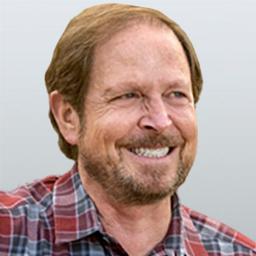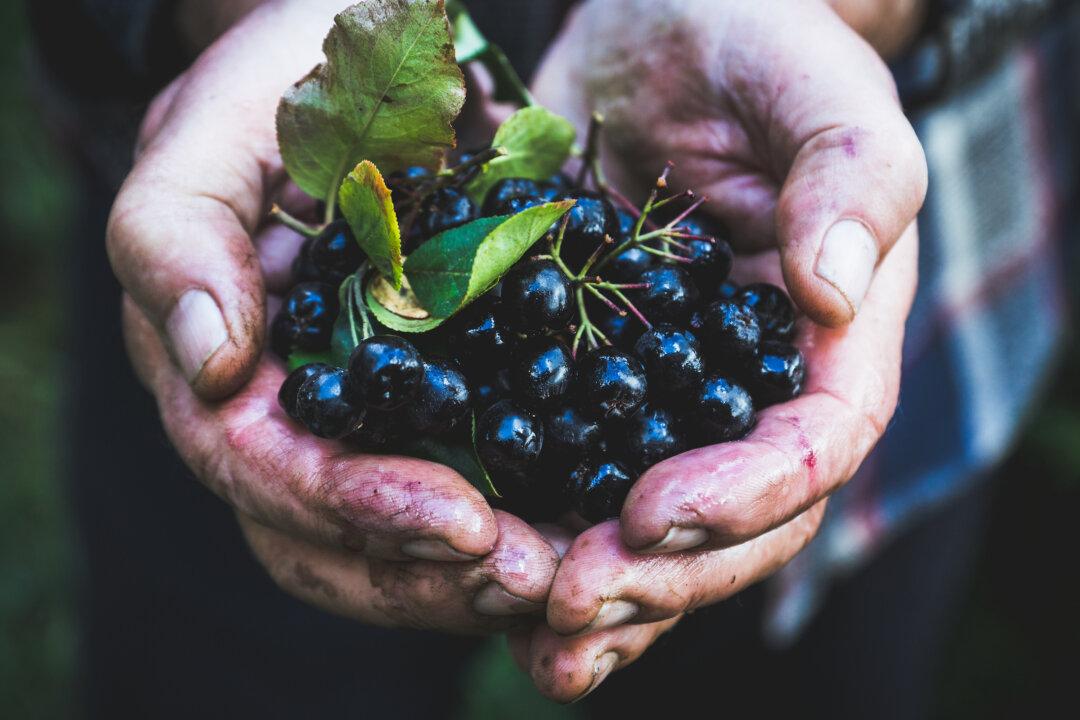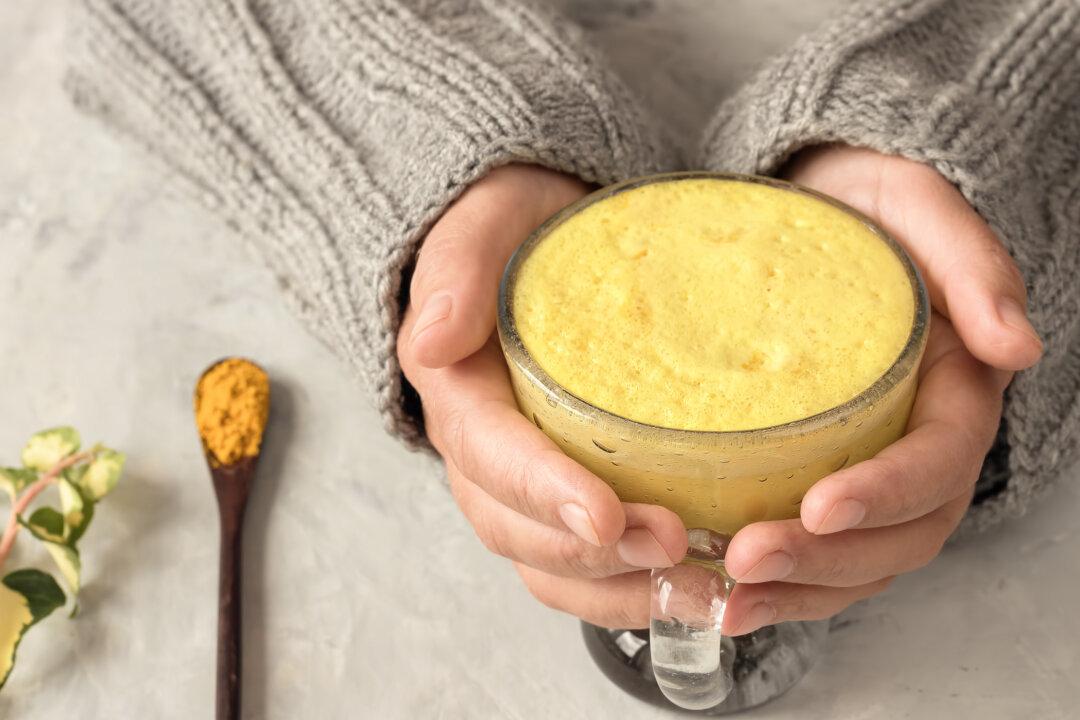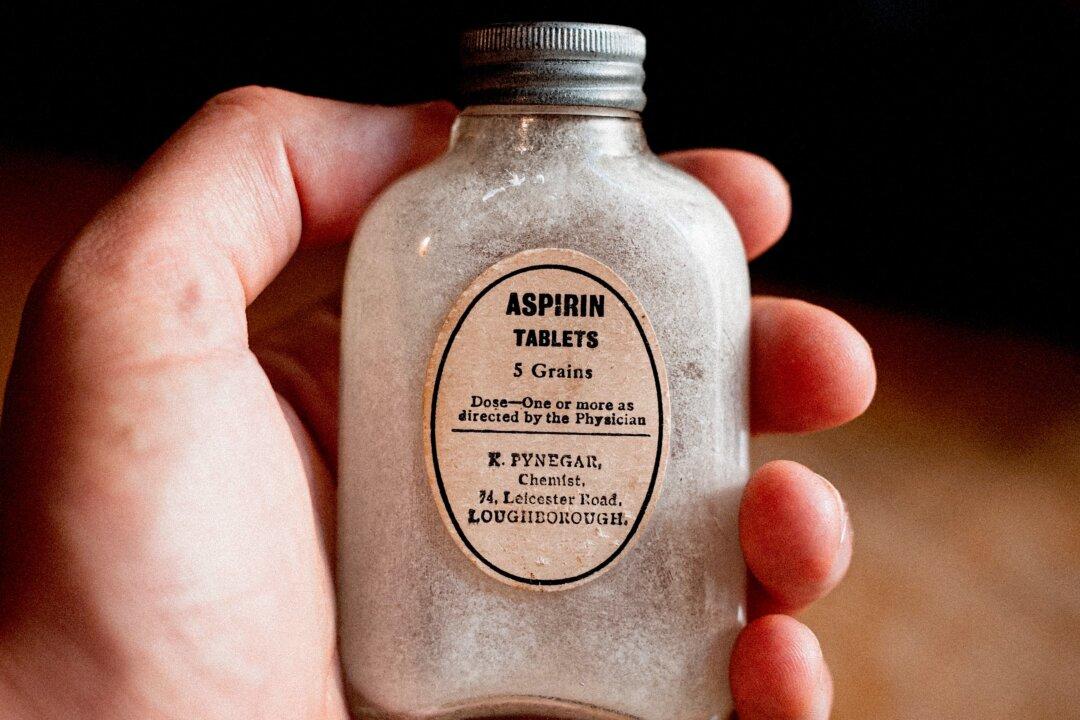Starving Cancer the Natural Way
If you’ve read my book, you know that the macrobiotic diet was a key factor in saving my life 37 years ago (and counting) after being diagnosed and treated for Stage 4 cancer. I was flat on my back in the hospital when I first learned about this extraordinary diet and way of living in Dirk Benedict’s book, Kamikaze Cowboy. And like Dirk, I, too, made my way to the Kushi Institute in Boston, Massachusetts, where I learned as much about the macrobiotic diet and principles that I could. The time I spent there was rich and rewarding, and I even ended up on staff for a number of years (read more about my experiences at the Kushi Institute in Chapter 5 of my book, I Used to Have Cancer).I recently had the opportunity to reconnect with someone I met during my time at the Kushi Institute. Steven Acuff is regarded as one of the foremost experts on macrobiotics in the world today, with good reason. He studied with macrobiotic author and lecturer Michio Kushi, who is credited with introducing macrobiotics to the U.S. Steve has since lectured in 27 countries, including the U.S., Canada, Australia, New Zealand, Thailand, Singapore, Israel, the Bahamas, Iceland and much of Europe.






